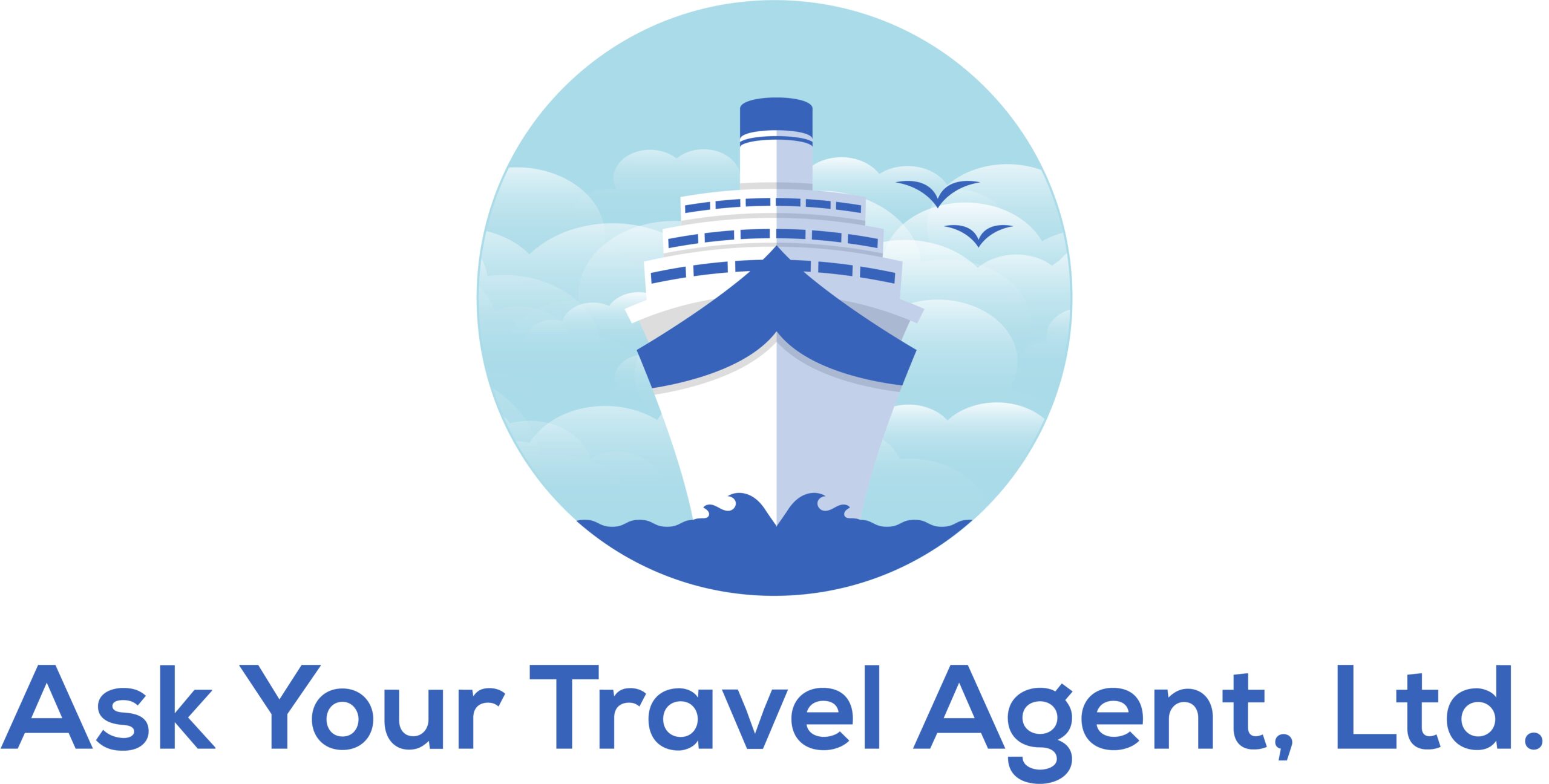By Stefanie Waldek, Travel & Leisure
Traveling to the elusive seventh continent has never been easier, thanks to the rapid growth of the expedition cruise industry. But why travel to Antarctica? Visiting the White Continent is far more than just checking a box. It’s an opportunity to see a part of Earth that’s radically different than anywhere else — and radically removed from everywhere else — reminding you just how extraordinary our planet is. Plus, there are penguins. Lots of penguins.
If you’re hoping to visit Antarctica, the process of planning can feel overwhelming. With so many cruise lines and expedition operators in the game, and so many variables to consider when booking a trip, making decisions about your voyage isn’t easy. But it’s crucial that you pick the right cruise for you, particularly since this might be a once-in-a-lifetime vacation.
Picking the Best Antarctica Cruise
Antarctica cruises are not created equal. Though the scenery will be stunning no matter which operator you see it with, you need to ensure you’re choosing the cruise that best suits your style of travel and your interests. Here are some factors to consider before you book:
Ship Size
This might be the most important detail to focus on when selecting an Antarctic cruise. The International Association of Antarctica Tour Operators (IAATO) limits a ship’s operations based on passenger capacity, so your vessel’s capacity has a direct impact on the experience you’ll have in Antarctica. Choose your ship wisely with these IAATO criteria in mind.
- Small ships (200 passengers or fewer): These ships can visit all landing sites.
- Medium ships (201 to 500 passengers): These ships are limited to specific landing sites that can handle higher capacity.
- Large ships (500+ passengers): Ships with more than 500 passengers are not allowed to make landings at all, so you’ll only be doing scenic cruising in Antarctica, not setting foot on the continent.
Luxury Level
The ships sailing to Antarctica run the gamut from bare-bones former research vessels to ultra-luxe purpose-built vessels. Naturally, cruises on the more luxurious vessels tend to cost more. Think about what’s most important to you on a cruise — do you want butler service and a spa, or would you prefer to save a few thousand dollars for an older ship with fewer amenities?
Expedition Companies and Cruise Lines
I’ve journeyed to Antarctica five times — each with a different operator — and would happily go back time and time again. Here’s what you can expect from the operators I’ve traveled with.
Lindblad Expeditions
Lindblad has been taking guests to Antarctica since 1966, and the company remains one of the preeminent operators in the region. Its fleet of Antarctic vessels — including its new luxury ships National Geographic Endurance and National Geographic Resolution — carry a maximum of 148 guests, ensuring an intimate experience with plenty of time ashore. Education is a key pillar of the company, and its expedition staff and their lectures are second to none.
Scenic
Scenic Eclipse and Scenic Eclipse II are ultra-luxury ships that look more like sleek yachts than they do expedition vessels, not only on the outside, but on the inside, too. Standouts on these ships include helicopters and submersibles, nearly a dozen dining options, and a relaxing spa. Even with all these amenities, the ships only carry 200 passengers in Antarctica, allowing them to take advantage of the small ship–only landing sites.
Viking
Viking’s two expedition ships, Viking Octantis and Viking Polaris, carry a maximum of 378 passengers, so they fall into the medium-size category. As such, landings are generally limited to one site per day, which creates a more laid-back Antarctica experience — there’s plenty of time to enjoy the out-of-this-world spa (my favorite feature is the open-air badestamp, a wooden hot tub) as well as hands-on science demonstrations. But there’s a lot to do off the ships, too, as they carry quite a few toys: notably, submersibles.
Other Cruise Lines and Operators in Antarctica to Consider
Of course, there are many other operators in Antarctica, too. Quark Expeditions, Abercrombie & Kent, Natural Habitat Adventures (NatHab), Silversea, Seabourn, HX (Hurtigruten), Ponant, Adventures by Disney, Albatros Expeditions, Princess Cruises, Antarctica21, Oceanwide Expeditions, and Swan Hellenic are all worth a look.
Once you’ve chosen a cruise operator, though, what comes next? It’s time to narrow down your itinerary options, then book your flight.
Best Time to Go to Antarctica
The Antarctic cruising season runs in austral summer (that is, Southern Hemisphere summer), from November through March. “Within that time frame, there’s truly no bad time to travel,” says Trey Byus, Lindblad Expeditions’ chief expedition officer. “Summer temperatures usually range from a crisp and cool 32° F to 65° F, and while specific conditions and wildlife events occur during specific months, interesting and exciting activity occurs throughout the season.” Here’s what you might experience at each different time.
November–early December: Experience Antarctica at its most pristine, with thick snow blanketing much of the landscape. “Guests on early-season Antarctica expeditions are likely to see penguins building their nests and seal pups still being weaned by their mothers,” says Byus. “In the early season, when ice conditions are just right, our captain is more likely to be able to ‘park’ the ship in the sea ice so that our expedition team can lead a walk among penguins … Early November departures also offer the possibility to cross-country ski or snowshoe across the frozen sea ice, conditions permitting.”
Late December–January: This is peak season in Antarctica, particularly for penguin sightings. Penguin chicks start to hatch in late December, and they’ll be running around by mid-January. “You will also experience nearly a full 24 hours of daylight,” says Aaron Lawton, Viking’s head of expedition operations.
February-March: Later in the season, there may be less snow, but there will be more whales. “As the region transforms from summer to autumn, March is an ideal time for those interested in captivating photography against softer lighting as the angle of the sun reduces harsh shadows,” notes Colby Brokvist, an expedition leader for Natural Habitat Adventures, a certified senior polar guide with the Polar Tourism Guides Association, and author of “The Professional Guide’s Handbook.”
“I have had the privilege to visit Antarctica more than 100 times over the last 25 years, and I can tell you that every trip is unique and special — no matter what time of year you experience it,” adds Lawton.
Getting There
Most Antarctica cruises explore the Antarctic Peninsula, departing from Ushuaia, Argentina; Punta Arenas, Chile; or Puerto Williams, Chile. While some operators will have you book flights to these cities, most will have you fly to either Buenos Aires or Santiago for a night before catching a chartered group flight to your embarkation city.
Traditional cruises have you sail the infamous Drake Passage, but you can also choose a fly-fly cruise or a fly-sail cruise that has you skip the Drake (in one or both directions) by flying between Punta Arenas and King George Island. These flights can save you time, but there are a lot of ifs, ands, or buts — on my fly-fly cruise, our flight was delayed three days due to poor conditions. If it had been delayed any further, our cruise would have been canceled. Be sure to read the fine print when booking a cruise that includes flights to and/or from Antarctica.
To read the entire article go here.



0 Comments